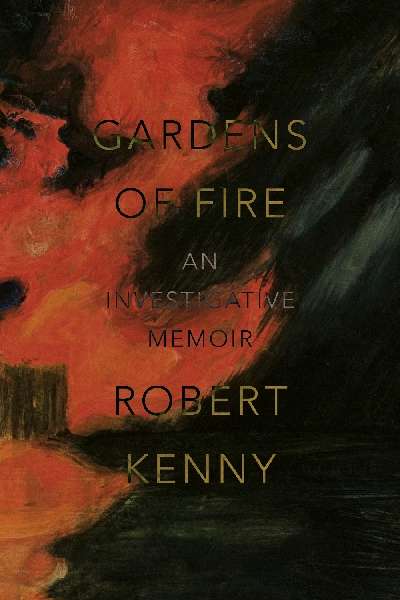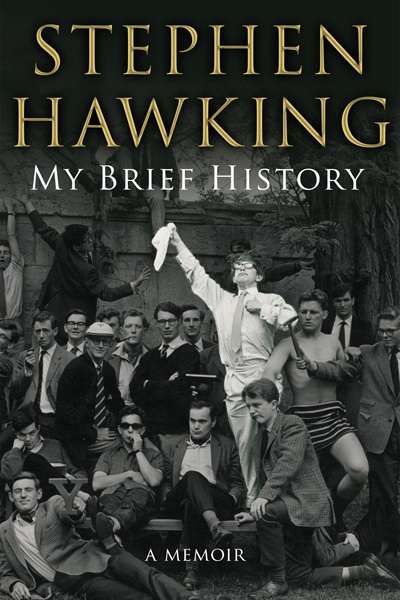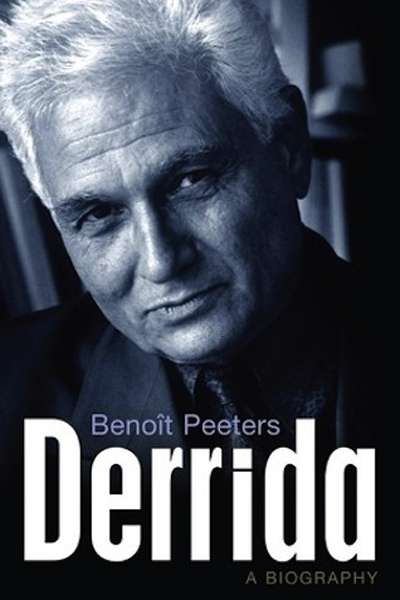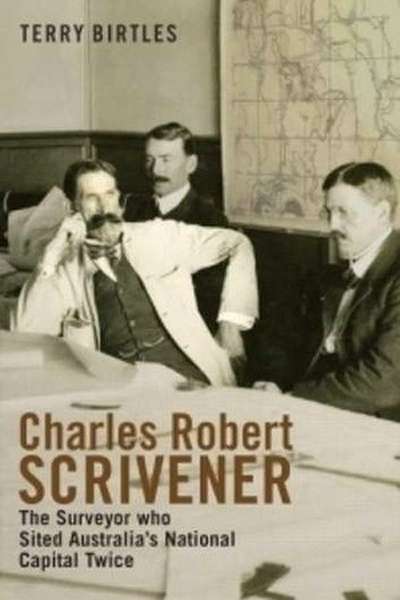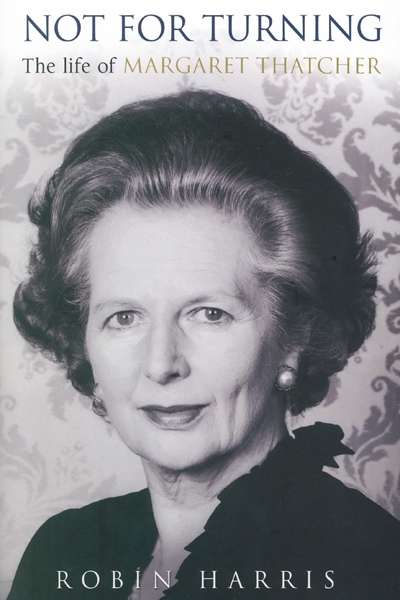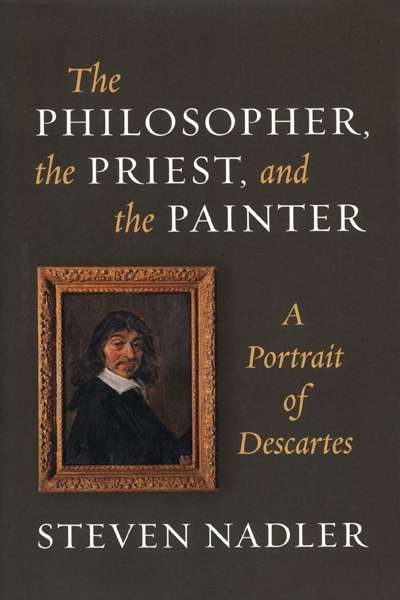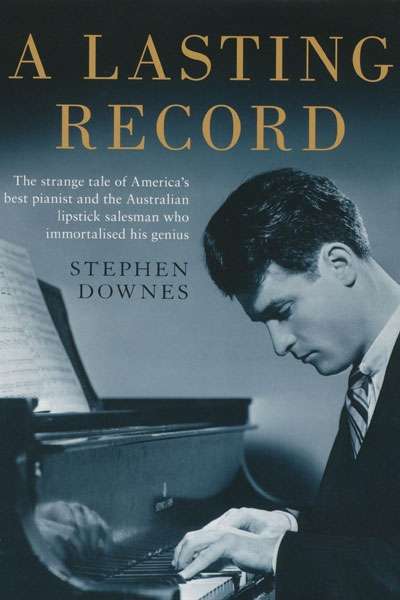Biography
An Unqualified Success: The extraordinary life of Allan Percy Fleming by Peter Golding
In 1939 President Roosevelt nominated the poet Archibald MacLeish to be the Librarian of Congress, replacing Herbert Putnam, who had held the post since 1899. MacLeish had not previously been employed in a library. American librarians reacted to the news with outrage and disbelief, with one of their leaders claiming that he could no more think of a poet as the Librarian of Congress than as the chief engineer of a new Brooklyn Bridge. Roosevelt was unmoved by the protests and petitions, and MacLeish duly took up the position. He held it for less than five years, but in that time he achieved a major reorganisation of the Library, broadened its research and cultural roles, and made some astute staff appointments, including two of his successors.
... (read more)Gardens of Fire: An Investigative Memoir by Robert Kenny
As I write this article in my Adelaide Hills home, surrounded by native eucalypts and introduced fruit trees, large areas in New South Wales are dealing with the consequences of some of the worst bushfires in recorded history. Remarkably, given the unseasonally extreme weather, the rugged terrain, and the ferocity of the fires themselves, there have been few human casualties. Nevertheless, the cost will be enormous, not only in terms of the physical reconstruction required, but also of the effort required for individuals and families to rebuild lives from the ruins of their destroyed habitations. I live in a bushfire-prone area, in a house that could not be easily defended in the inferno of a firestorm. We have made our plans. We think we know what to do in the face of the fire emergency we hope will never eventuate. But how would we cope in such a situation? In practice, we have no idea.
... (read more)I’ve interviewed Stephen Hawking twice. On both occasions it was in his old office in Silver Street, Cambridge – in front of his huge poster of Marilyn Monroe. The first time, in 1989, I was a little anxious, not because I was with the world’s best-known scientist, but because I found the awkward silences waiting for his answers hard to manage. What do you do, having asked a question, during the two or three minutes it takes him to put together a sentence on his machine? You can’t stare at him for that long – we’re not equipped to do that with anyone for more than seconds. Ignore him? The way we ignore other crippled folk, without realising it? Hardly!
... (read more)Derrida: A Biography by Benoît Peeters, translated by Andrew Brown
Charles Robert Scrivener: The Surveyor who Sited Australia's National Capital Twice by Terry Birtles
In the 1890s the six Australian colonies were preoccupied not only with getting a fair deal over tariffs and customs – and maintaining the purity of the Anglo-Saxon race – but also with the location of the national capital. Denizens of Melbourne and Sydney felt that it should be one of them. The compromise was a capital in New South Wales, closer to Sydney than Melbourne, but with Melbourne as the seat of federal government until it was constructed.
... (read more)Not for Turning by Robin Harris & Margaret Thatcher by Charles Moore
Our media treat leaders as personifying everything that matters, yet social scientists disdain leadership. Most of what we know about leaders comes from biographies. And biography, dominated by those wishing either to demonise, or to celebrate, their subject, is a craft monopolised by insiders, acolytes, and journalists. Regarding Margaret Thatcher, academics have discussed her premiership (1979–1990) in terms of economic change, social history, value transitions, and party decline. They display a disabling ambivalence over whether she was an agent or a manifestation of tectonic shifts. In parallel, there have been multiple biographies, the first published before she was defenestrated by her own party. A great deal, then, has already been written.
... (read more)Even the most seasoned political observers would have been surprised at the Palmer United Party’s triumph at the federal election, which saw it claim three seats in the Senate. Was it a stroke of luck or the work of a remarkable political strategist? In any case, the political fate of the PUP’s founder remains undecided ...
... (read more)The Philosopher, the Priest, and the Painter: A Portrait of Descartes by Steven Nadler
In this short and accessible book, Steven Nadler, an accomplished historian of seventeenth-century philosophy, turns his attention to René Descartes (1596–1650) and his cultural milieu in Holland in the 1630s and 1640s. His angle of approach is to take the familiar portrait of Descartes, attributed to Frans Hals – versions of which grace the covers of the vast majority of textbook editions of Descartes’s works – and to illuminate the three intersecting lives to which it bears tribute.
... (read more)W. Macmahon Ball: Politics for the People by Ai Kobayashi
William Macmahon Ball (1901–86) was many things: an academic, a diplomat, a writer, and what we would now refer to as a ‘public intellectual’. As Ai Kobayashi’s new study of this fascinating man ably demonstrates, Ball was predominantly an educator. In the classroom, through books, and in the media, Ball encouraged his audience to reflect more deeply and actively on Australia’s relations with the outside world. From World War II onwards, Australia’s relationship with Asia was among his chief concerns. During his time as Professor of Political Science at Melbourne University (1949–68), Ball did much to accelerate the development of Asian studies in Australia.
... (read more)In A Lasting Record, journalist and food writer Stephen Downes recounts the serendipitous tale of an eccentric music lover from Melbourne who, with a primitive home recording device, captured the only extant recording of American pianist William Kapell’s final performance. Downes vacillates between biography, literature, diary, and musicological critique.
... (read more)


